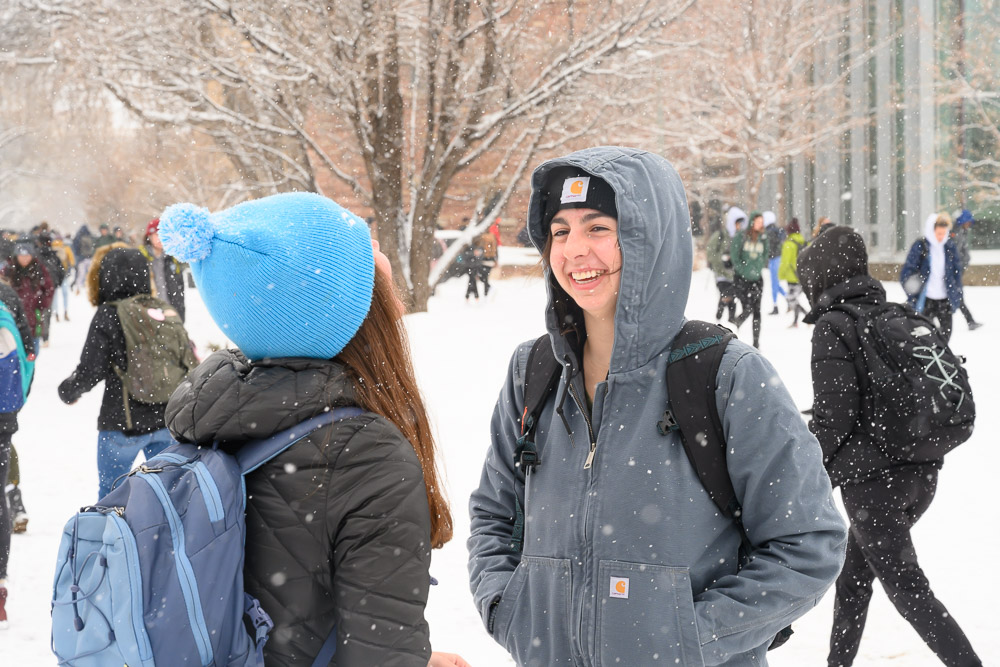Knowledge of Students
Teaching requires a solid knowledge of the learners in front of you (whether in your classroom or on your screen). What motivates them? Where do they struggle? Shaping a successful learning experience for students requires understanding the misconceptions they bring to your course. Student misconceptions can be persistent and represent complex–but possibly inaccurate–schema that may have developed over many years. Because these misconceptions may be a lens for how students experience and interpret the world, addressing them requires more than just presenting accurate content. It requires active learning strategies so that students can grapple with relevant concepts. It also requires that students recognize when their misconceptions may hinder them from learning the content.
Research on teaching and learning in your field may offer you information on predictable student misconceptions. You may also be able to determine student misconceptions by engaging with discrepant events in a science course, listening to students’ reasoning as they grapple with problem solving, and in early, low stakes quizzes or with iClicker questions during class. Address areas where students are confused or hold misconceptions early in the semester and regularly check in to see that new schema are being formalized in students’ thinking. If you are using adaptive learning technologies, you can rely on their platforms to have built in questions or problems that address these misconceptions.
A good first step in planning your course is to prepare readings, materials, assignments and assessments that will reflect the makeup of your student population. Students will be much more engaged and eager to learn if the content you present is relatable and reflects who they are. See the Teaching Effectiveness Domain of Inclusive Pedagogy for more information on how to help students make connections between your content and their interests and identities.
As you focus on knowledge of students, pay particular attention to how you begin each class session; you’ve been thinking about your content as you plan and get set up for the session, but your students may be entering class from a studio, a lab, a zoom breakout, or another classroom experience. To recognize and plan for their transition into class, consider taking a mindful moment and then briefly reviewing previous content to help set up the opportunity to learn the new material. This connection to and reminder of previous content or skills can reinforce and enhance learning as well as prime students for the current learning and work. Use the last few minutes of your time together to have students reflect on what they have learned and consolidate their new knowledge and perspectives. You can also use this end-of-period time to foreshadow and link to the focus for the next session.
- Proactively address common student misconceptions

- Assess prior knowledge of learners; use it to plan/revise class sessions

- Align instruction with assessment, frequently check for understanding so, you and students know their current level of understanding
- Connect content to other course content, other courses, and contemporary issues in the field
- Plan activities, discussions, and formative assessments for concepts that are typically difficult for students


